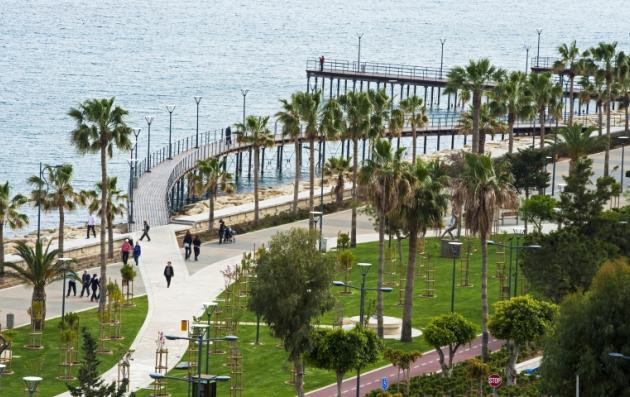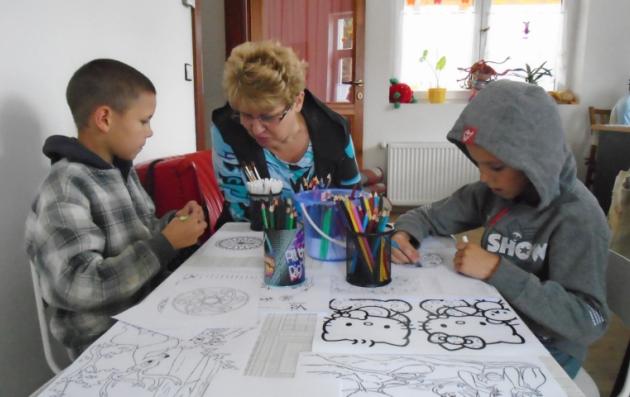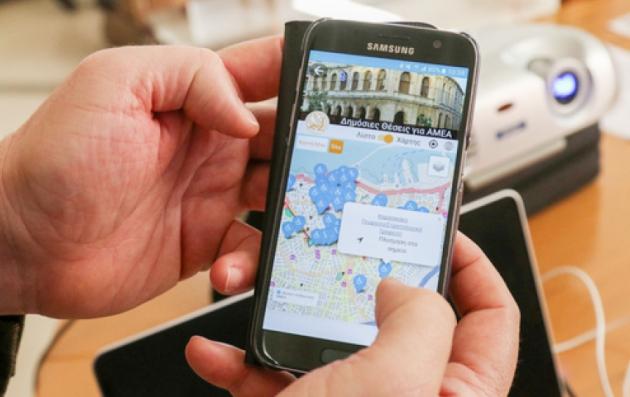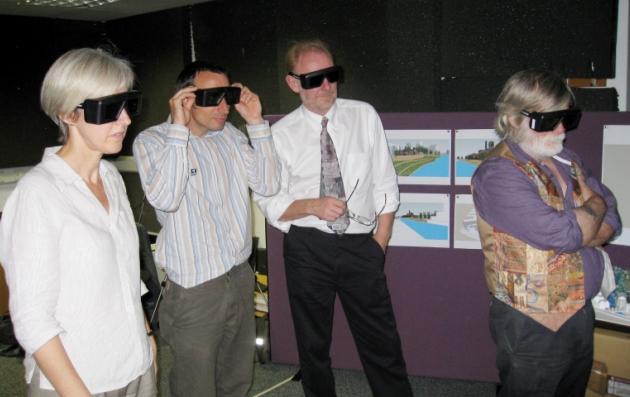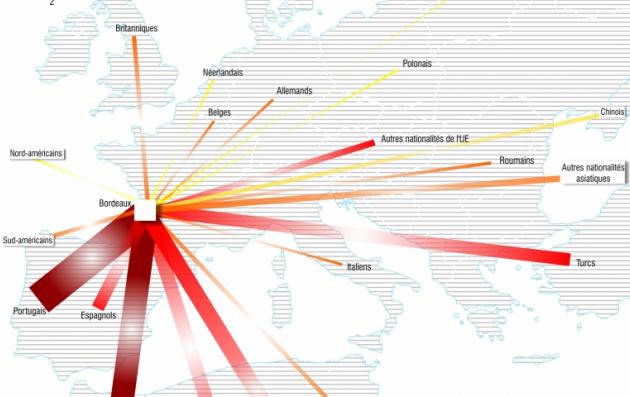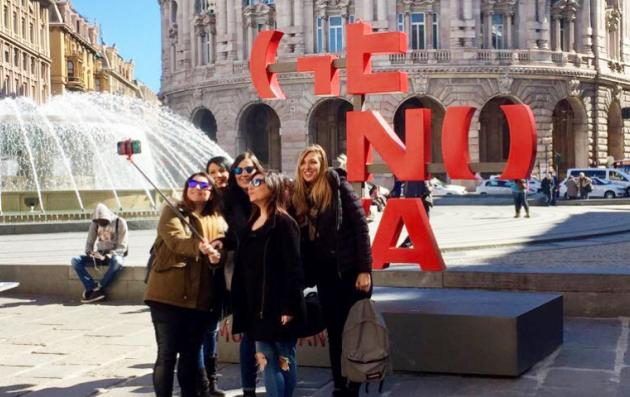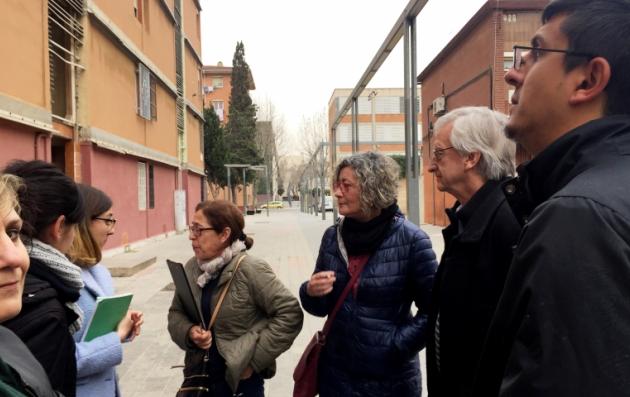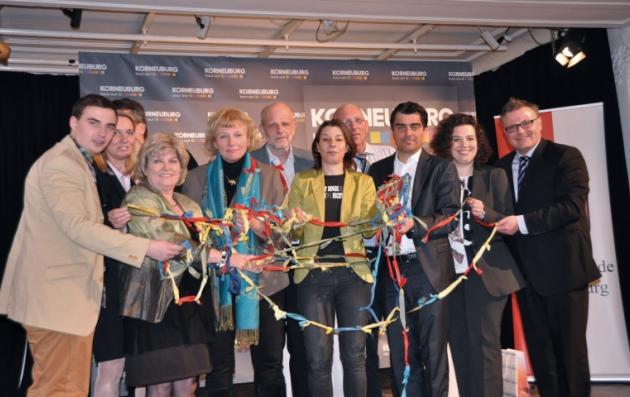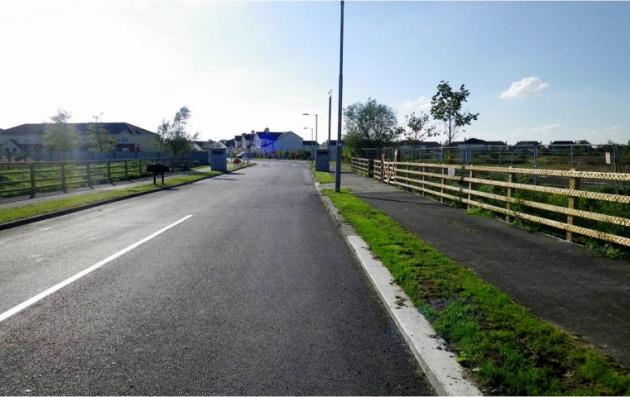Finding places
Facilitating public participation in the allocation of housing for refugees
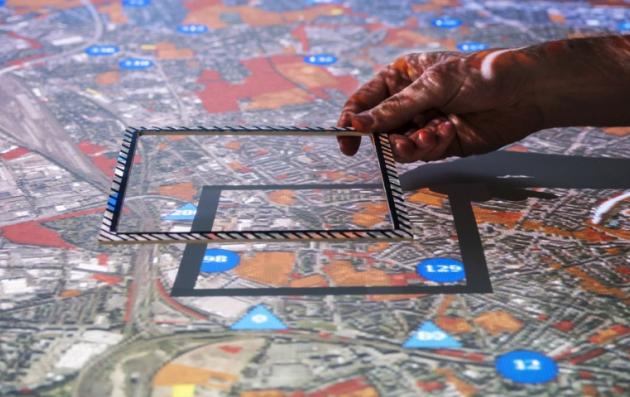
- Social cohesion
Summary
In reaction to the sudden arrival of tens of thousands of refugees in the city of Hamburg (DE) in 2015, the Lord Mayor requested the CityScienceLab (CSL) at HafenCity University to facilitate a public discussion and decision-making process on locations for refugee accommodation in Hamburg neighbourhoods. With highly sensitive socio-political implications, this project demanded a well-designed technological and procedural approach. CSL employed an innovative Human-Computer Interaction tool, CityScope, to facilitate public participation and urban decision-making. A workshop process was also designed to help multiple participants and stakeholders interact effectively. Running from May to July 2016, the FindingPlaces (FP) project enabled about 400 participants to identify 160 locations accepted by Hamburg’s citizens, out of which 44 passed legal confirmation by the authorities. Overall, on a qualitative level, the project facilitated surprisingly constructive and collaborative interaction, raising awareness and a sense of ownership among participants.
The solutions offered by the good practice
The solutions offered by FP are twofold: 1) a methodological solution (workshop process) and 2) a technological solution (CityScope tool). The methodological solution is a participatory workshop concept, designed especially to enable the direct involvement of citizen groups in the decision-making process concerning the allocation of refugee accommodations. As the task of establishing such accommodations (emergency and long-term) used to stir up heated debate and controversy, a detailed interaction format was designed that comprised moderated group discussion and co-creation sessions, proceeding stepwise from the review of basic urban data towards precise locations of residential housing. The technological solutions consist of a novel tool for Human Machine Interaction (HMI): an interactive modelling table, based on the CityScope technology developed by the Changing Places Group of the MIT Media Lab, Boston. CityScopes are able to represent various urban data (e.g. cadastre plans, functional zoning, accessibility information) on large projection tables, which can be augmented by simple building blocks (e.g. Lego bricks) as carriers of design information, in this case, construction of refugee shelters. The visually coded blocks are scanned and digitised by cameras from beneath the table. Thus, the effectiveness and impact of the modelled solution on the cityscape can be computed and projected as a real-time response on the tables.
Building on the sustainable and integrated approach
FP supports sustainable urban living by solving pressing hardships on refugees and cities alike. It ensures quick and liveable accommodation in urban neighbourhoods, reduces social exclusion by locating refugee communities within urban neighbourhoods – with the direct participation of residents and neighbours who have decision-making power in the overall process. The integrative and participative approach of FP places maximum interest on engagement and involvement of local citizens who act as debaters and decision-makers. For the workshop, participants from all city wards of Hamburg were invited to maintain a fair and balanced distribution of accommodation across the city. Thus, acceptance and social sustainability were ensured. FP earned wide public attention and defined a benchmark. In Hamburg, the project has triggered multiple follow-up activities. It is envisioned to adopt the public participation processes as a basis for all public urban development projects in the future. FP followed an unusual comprehensive approach and horizontal integration by bringing together qualitative and quantitative methods of urban development, novel information technology and participatory approaches. In terms of vertical integration, it connected the Lord Mayor´s Office, city administration, universities, local city wards and civil society, which were all involved with dedicated roles and activities.
Based on a participatory approach
In the project, more than 400 citizens followed the widely published invitations to nearly 40 workshops, hosted and facilitated by HafenCity University’s CityScienceLab. For each city ward, multiple workshops were carried out. The invitations were publicly announced via official the Hamburg website, newspapers, and social media. Workshops were free and open to everybody to attend. In the workshop sessions, participants were asked to suggest and debate locations potentially suitable for refugee accommodation in their respective city ward. To supply the workshops, rich urban information about local conditions of the plots (quantitative data, legal constraints, emissions, zoning law etc.) were prepared by the CityScienceLab and made available on the interactive CityScope tables. That way a shared and objective basis for discussion was given and a well-informed pre-selection of potential sites for refugee shelters could be made. In following steps, pre-selected sites were discussed and commented in detail and enriched with expertise from municipal authorities and planners. In the final step of the workshops, the participants decided on specific locations to be listed for the city government to execute the construction of refugee accommodations. Several urban authorities were involved in the project, including Hamburg’s Authority for Urban Development, Authority for Refugee Coordination and Authority for Science and Research.
What difference has it made?
FP has changed the scale and quality of participation projects in Hamburg and Germany. It demonstrated how citizens could quickly find suitable solutions for urgent social and urban problems, in this case the massive accommodation of refugees within the urban community. In numbers, FP has directly involved about 400 Hamburg citizens in workshops, who experienced a straightforward and future-looking form of citizen participation in a socio-politically highly relevant topic.
The final success of the project, with 44 locations being found through collaborative work, created a sense of ownership among all participants. Throughout the city, the project has created awareness about the acute issues of appropriate refugee accommodation and a sense of collaboration. It further created a public understanding of the fairness issue in respect to distributing the loads and responsibilities between all city wards (independent from their social and economic status).
Supported by large public attention and press coverage, the project has changed the general attitude of Hamburg´s citizens towards refugees – from a perspective of passive hardship to an objective problem-solving attitude. Evidence was given on these results by track research carried out by the CityScienceLab (thesis projects of students, scientific publications, data analysis), by feedback from the public and from the media (local and national newspapers, social media, TV coverage).
Why should other European cities use it?
FP is relevant and transferable to other European cities. In a narrow sense, the issue of massive refugee influx and their ad hoc accommodation is a challenge shared by many cities across Europe. In this context, the availability of validated and transferable methods and technologies is highly valuable. The methodology with its choreographed sequence of participatory planning and decision-making workshops can be applied in a similar way in other European cities. Similarly, the key tool – the CityScope – is ready for mobile application in other places too (in fact, it has been applied worldwide already, yet to different tasks of urban development tasks than refugee accommodation). The organiser and facilitator team of FP made great efforts to exemplify the process and procedures of FP in a way that it could be easily adapted to other places too: manuals, guidelines and visual description for easy application in workshop settings were created. In face of unstable political conditions, further inflows of refugees are possible in near future. It will be necessary to have quick and effective means to solve urgent challenges such as a rapid finding of appropriate refugee accommodations. FP has delivered a blueprint for quick and successful action. In a more general sense, the practice and technology of FP and CityScope can be applied to a broad range of similar urban problems, especially the identification of appropriate locations for specific uses.
-
284_Hamburg_Gpsummary.pdf(PDF, 332Ko)

